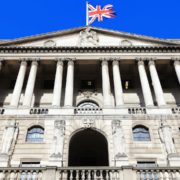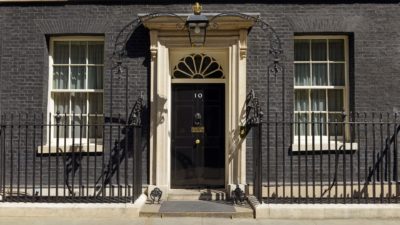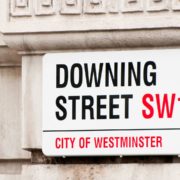- CPI inflation for September is expected to remain close to target on 16 October – wage data will be out a day earlier.
- If inflation remains under control, the pressure will remain for the Bank of England to cut rates.
- The market expects the first cut in November and is pricing in two quarter point rate cuts by the end of the year.
Susannah Streeter, head of money and markets, Hargreaves Lansdown:
“With inflation staying steady in August, there are hopes that prices will have remained relatively calm in September. Prices at the pumps fell to a three-year low during the month, and although there still appears to be pent up demand for travel playing out, a fall in consumer confidence may have instilled a bit more caution into spending decisions. The uncertainty surrounding the upcoming Budget may also be making some shoppers more wary.
What had been troubling some policymakers at the Bank of England was the stubborn nature of wage increases, which risks being passed on in the form of higher prices of goods and services. But the growth in average earnings excluding bonuses slowed to 5.1% in the three months to July. Labour market data on Tuesday is expected to indicate that trend is continuing, as a slowing jobs market reduces workers’ ability to bargain.
Governor of the Bank of England, Andrew Bailey, has suggested that the Monetary Policy Committee could be a ‘bit more aggressive’ at cutting borrowing costs, which lit a fire under speculation that inflationary pressures are easing. But there is still some nervousness around the table about the risk that there could be an unwelcome resurgence in inflation, with Chief Economist Huw Pill still indicating that it would not be wise to cut rates too fast.
This is now showing up in financial markets expectations for rate cuts. Expectations for two consecutive rate cuts in the final months of the year have now been pared back over recent days but traders are putting the chance of a rate reduction in November at 82%.”
Sarah Coles, head of personal finance, Hargreaves Lansdown:
“It’s a push-me-pull-you month for inflation, which is likely to keep the Bank of England on track for a rate cut in November.
Grocery inflation is likely to have risen in September, thanks to poor harvests hiking prices of things like chocolate and olive oil. However, shop prices more broadly may have fallen, and petrol prices have also been dropping, which could leave inflation around the Bank of England’s target.
This may be the last of the good news on inflation for a while, because October’s figures could look more grizzly. Petrol prices are likely to climb as a result of conflict in the Middle East, which has pushed the oil price higher. Even more strikingly, energy prices rose at the start of the month, after falling a year earlier, which will push inflation up.
However, the Bank of England is unlikely to be too concerned about this particular bump in the road. It’s less worried about price rises caused by external factors than it is about those feeding into wages and getting embedded. Assuming nothing alarming from the wage data, we’re likely to see it cut rates in November and possibly December.
What it means for savings and mortgages
With inflation already widely expected to rise above the target at the tail end of 2024, and yet the Bank of England expected to cut rates in November regardless, only something dramatic and unexpected is likely to shift the savings and mortgages markets.
If inflation remains around the target and then drifts higher in October, we’re still likely to see more of the same. Easy access savings rates are likely to continue the slow shuffle south. There have been some impressively resilient banks hanging onto rates of 5%, but most have fallen below, and we can expect the holdouts to give way soon. Fixed rate savings have already largely priced in the expected rate cuts, so we can look forward to further gradual cuts as time wears on. Only a real surprise is likely to take them off at a tangent.
Mortgage rates have fallen fairly substantially since Bank of England rate cuts appeared on the horizon. Tracker rates will clearly wait for movement from the Bank itself, but fixed rates have been falling, and encouraging more buyers back to the market, and we can expect this to continue. The average five-year fixed rate mortgage is likely to dip to 5% reasonably soon, but given it’s currently at 5.05%, according to Moneyfacts, this isn’t likely to spark a property buying bonanza.”



























Comments